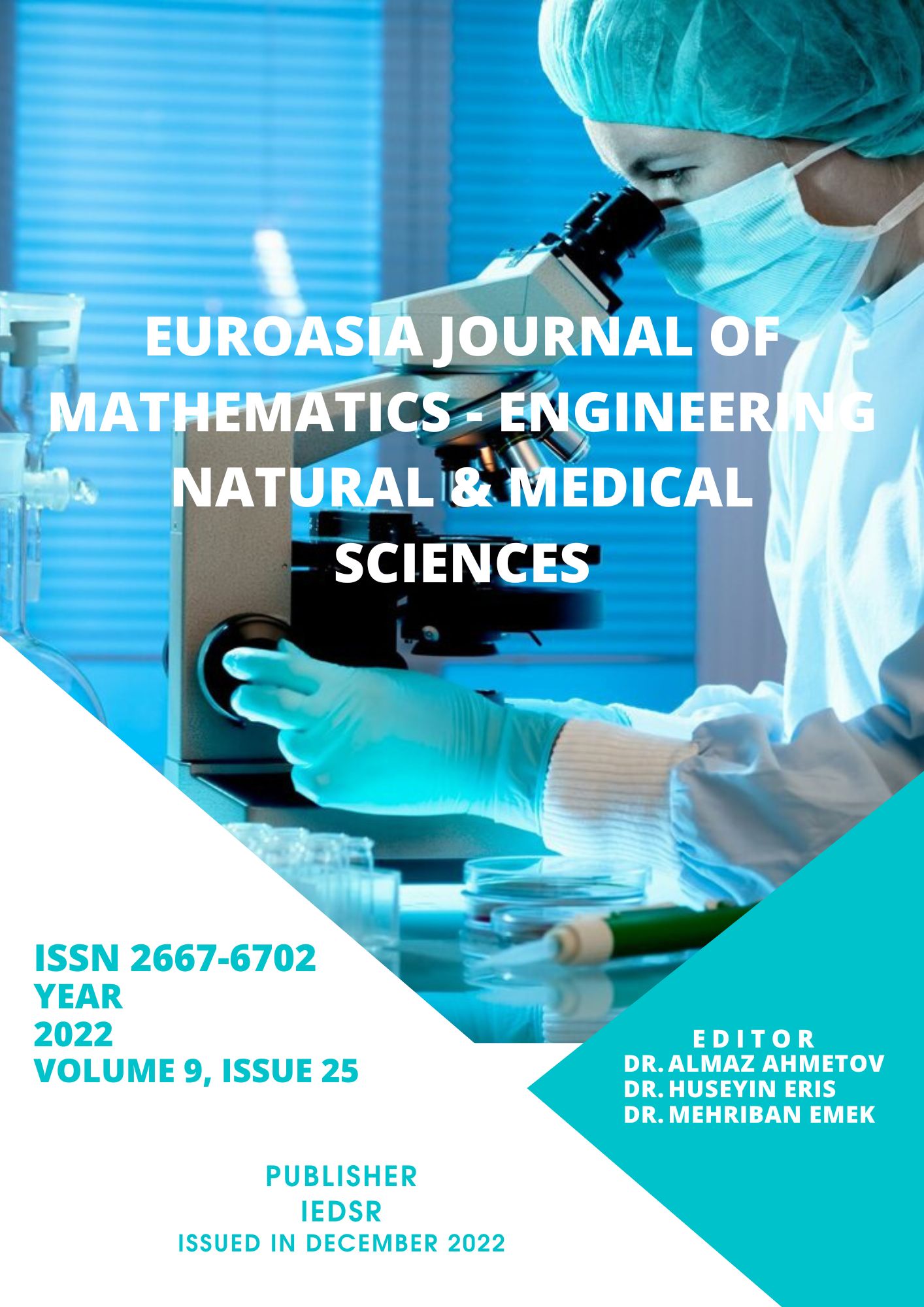Vitamin Levels in Patients with Superficial Vein Thrombosis
DOI:
https://doi.org/10.5281/zenodo.7474555Keywords:
Superficial Vein Thrombosis, COVID-19, Vitamin DAbstract
Superficial vein thrombosis (SVT) is a disease of the superficial veins that most commonly occurs in the superficial veins of the lower extremities and is often associated with varicose veins. Rarely, it can also occur in the neck, chest, or upper extremity veins. Our aim is to evaluate the vitamin D level and nutritional habits of patients diagnosed with SVT during the pandemic period.
Thirty-two of the patients diagnosed with superficial vein thrombosis during the pandemic period were included in the study. In addition to routine examinations and vascular Doppler ultrasonographic examinations, vitamin D, vitamin B12, magnesium and folate levels were also measured.
Ten of the patients were male and 22 were female, with ages ranging from 24 to 80 years, with a mean age of 50.6±14.5 years. SVT was localized in the right lower extremity in 17 patients, in the left lower extremity in 14 patients, and in the neck (external jugular vein) in one patient. Varicose vein surgery was performed in 10 of the patients. Vitamin D levels of the patients ranged from 3.72 ng/ml to 33.2 ng/ml, and the mean vitamin D level was 12.1±7.6 ng/ml. Only one patient had normal vitamin D levels. Six patients had vitamin D insufficiency and 25 patients had vitamin D deficiency. In 15 of the patients with vitamin D deficiency, the deficiency was severe. The mean vitamin D level was 14.8±7.3 ng/mL in male patients and 12.1±8.0 ng/mL in female patients, and the difference was statistically significant (p<0.05).
In conclusion, SVT should not be perceived as a benign condition that can only be resolved with local symptomatic treatment. Especially if the SVT developing in varicose veins is close to the saphenofemoral or saphenopopliteal junction, it may cause deep vein thrombosis. Therefore, as in our series, especially those close to the saphenofemoral or saphenopopliteal junction should be treated surgically. Anticoagulant therapy may be sufficient in those not close to these junctions but longer than 5 cm. However, it is important to follow up these patients closely and avoid vitamin D deficiency.
References
Bauersachs R, Gerlach HE, Heinken A, Hoffmann U, Langer F, Noppeney T, et al. Management and Outcomes of Patients with Isolated Superficial Vein Thrombosis under Real Life Conditions (INSIGHTS-SVT). Eur J Vasc Endovasc Surg. 2021;62(2):241-249. doi: 10.1016/j.ejvs.2021.04.015.
Clapham RE, Speed V, Czuprynska J, Gazes A, Guppy S, Patel RK, et al. Rivaroxaban for the treatment of superficial vein thrombosis, experience at King's College Hospital. Br J Haematol. 2022 ;196(1):e3-e6. doi: 10.1111/bjh.17757.
Decousus H, Prandoni P, Mismetti P, Bauersachs RM, Boda Z, Brenner B, et al; CALISTO Study Group Fondaparinux for the treatment of superfcial-vein thrombosis in the legs. N Engl J Med 2010;363:1222–1232.
Di Minno MND, Ambrosino P, Ambrosini F, Tremoli E, Di Minno G, Dentali F. Prevalence of deep vein thrombosis and pulmonary embolism in patients with superficial vein thrombosis: a systematic review and meta-analysis. J Thromb Haemost. 2016; 14: 964– 72.
Dujardin RWG, Hilderink BN, Haksteen WE, Middeldorp S, Vlaar APJ, Thachil J, et al. Biomarkers for the prediction of venous thromboembolism in critically ill COVID-19 patients. Thromb Res. 2020;196:308-312. doi: 10.1016/j.thromres.2020.09.017.
Ghosh SK. Trends on management of superficial venous disease. Int Surg J. 2020;7(8):2820-2823.
Kitchens CS. How I treat superficial venous thrombosis. Blood. 2011;117(1):39-44. doi: 10.1182/blood-2010-05-286690.
Kearon C, Akl EA, Comerota AJ, Prandoni P, Bounameaux H, Goldhaber SZ, et al. Antithrombotic therapy for VTE disease: antithrombotic therapy and prevention of thrombosis: American College of Chest Physicians evidence-based clinical practice guidelines. Chest 2012;141:e419S–e496S.
Mehta P, Haskard DO, Laffan MA, Chambers RC, Hunt BJ. Thromboses and COVID-19: reducing inflammation in addition to thromboprophylaxis. Lancet Rheumatol. 2021;3(3):e171-e172. doi: 10.1016/S2665-9913(21)00003-5.
Mustonen P. Superficial venous thrombophlebitis. EBM Guidelines. 2019 October, latest change 2020. Available at: https://www.ebm-guidelines.com/ go/ebm/ebm00920.html. Accessed on 3 March 2020.
Melazzini F, Calabretta F, Lenti MV, Di Sabatino A. Venous thromboembolism in chronic gastrointestinal disorders. Expert Rev Gastroenterol Hepatol. 2022:1-12. doi: 10.1080/17474124.2022.2072295.
Scott G, Mahdi AJ, Alikhan R. Superficial vein thrombosis: a current approach to management. Br J Haematol. 2015;168(5):639-45. doi: 10.1111/bjh.13255.
Unno N, Mitsuoka H, Uchiyama T, Yamamoto N, Saito T, Ishimaru K, et al. Superficial thrombophlebitis of the lower limbs in patients with varicose veins. Surg Today. 2002;32(5):397-401. doi: 10.1007/s005950200061.
Belcaro G, Nicolaides AN, Errichi BM, et al. Superficial thrombophlebitis of the legs: A randomized, controlled, follow-up study. Angiology 1999;50:523-529.
van Langevelde, K., Lijfering, W.M., Rosendaal, F.R. & Cannegieter, S.C. (2011) Increased risk of venous thrombosis in persons with clinically diagnosed superficial vein thrombosis: results from the MEGA study. Blood, 118, 4239– 4241.
Downloads
Published
How to Cite
Issue
Section
License
Copyright (c) 2022 Euroasia Journal of Mathematics, Engineering, Natural & Medical Sciences

This work is licensed under a Creative Commons Attribution-NonCommercial 4.0 International License.

